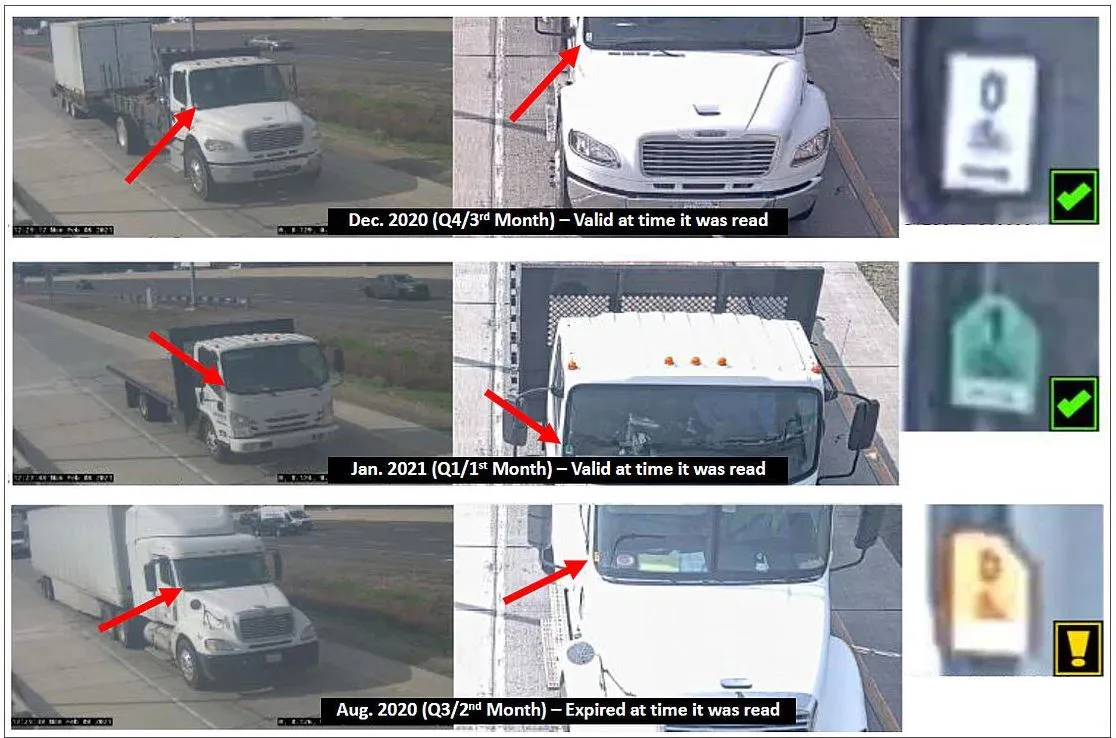International Road Dynamics has announced solid growth in the three and six months ended 31 May 2015, with increased revenue on strong growth in key geographic markets and product segments
For the three and six months ended 31 May, consolidated revenue increased 12.2 per cent and 8.1 per cent respectively, compared to the same period s in 2014, due primarily to continued growth in the Company's Canada, United States, Latin America and Mexico markets, as well as an increase in the value of the US dollar.
July 16, 2015
Read time: 2 mins
For the three and six months ended 31 May, consolidated revenue increased 12.2 per cent and 8.1 per cent respectively, compared to the same period s in 2014, due primarily to continued growth in the Company's Canada, United States, Latin America and Mexico markets, as well as an increase in the value of the US dollar.
"We continued to capitalize on increased demand in our key market segments during the second quarter of fiscal 2015 with solid gains in revenues and profitability," commented Terry Bergan, president and CEO. "Looking ahead, we believe our business will continue to grow as governments and the private sector realize the significant benefits of implementing ITS systems. In addition, over the longer term, we believe our patented products and technologies will become integral to the deployment of the Automated Highway System and future evolution of autonomous and connected vehicles, a key platform for improving transportation systems efficiency and safety."









